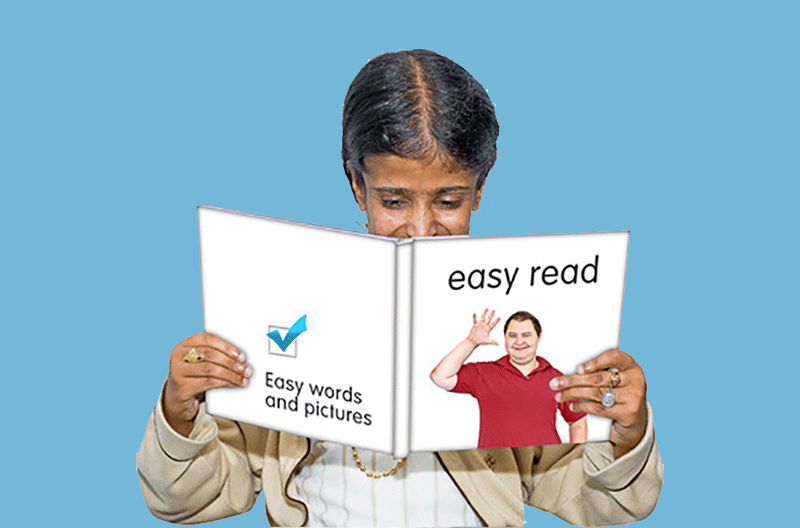For carers: Our Poo and You campaign
It’s important that, however the person you support communicates, we put a stop to poo taboo. The more we discuss bowel and gut health, the less embarrassed we’ll feel about getting help for a potential problem. Remember that when it’s left untreated, constipation can be deadly.
There are a number of resources you can use to help promote poo. Watch this accessible animation (a longer version of the animation on the campaign page) with the person you care for and let’s start to open up new lines of communication.
Poo not only removes all the waste from our bodies, it also gives us a clue into our overall health. If you notice something that is unusual for the person you support it could be a sign that something isn’t right.
Hard and lumpy poo is a sign of constipation, and it can be very difficult to push out. Lots of straining, pain and fewer bowel movements than normal are signs that you shouldn’t ignore.
But how often we poo is as unique as the matter itself. Some people go multiple times a day, whereas other people go every other day. The important thing to understand is what is regular for the person you are supporting.
However, if they go less than three times a week it could be a sign of a short or long term problem and should be checked out.
"The Dimensions Council think that it is wrong for anyone to die from constipation and we want people to feel ok to talk about it."
The Bristol Stool Chart
The Bristol Stool Chart is a really helpful document that helps identify what types of bowel movements people are having and if there could be a bowel problem. But it’s also a great way to talk about and log movements without needing to describe them.
Use the Bristol Stool Chart as a conversation starter and talk about what could cause each type of poo.
Or just compare your stools. There’s no taboo here.









